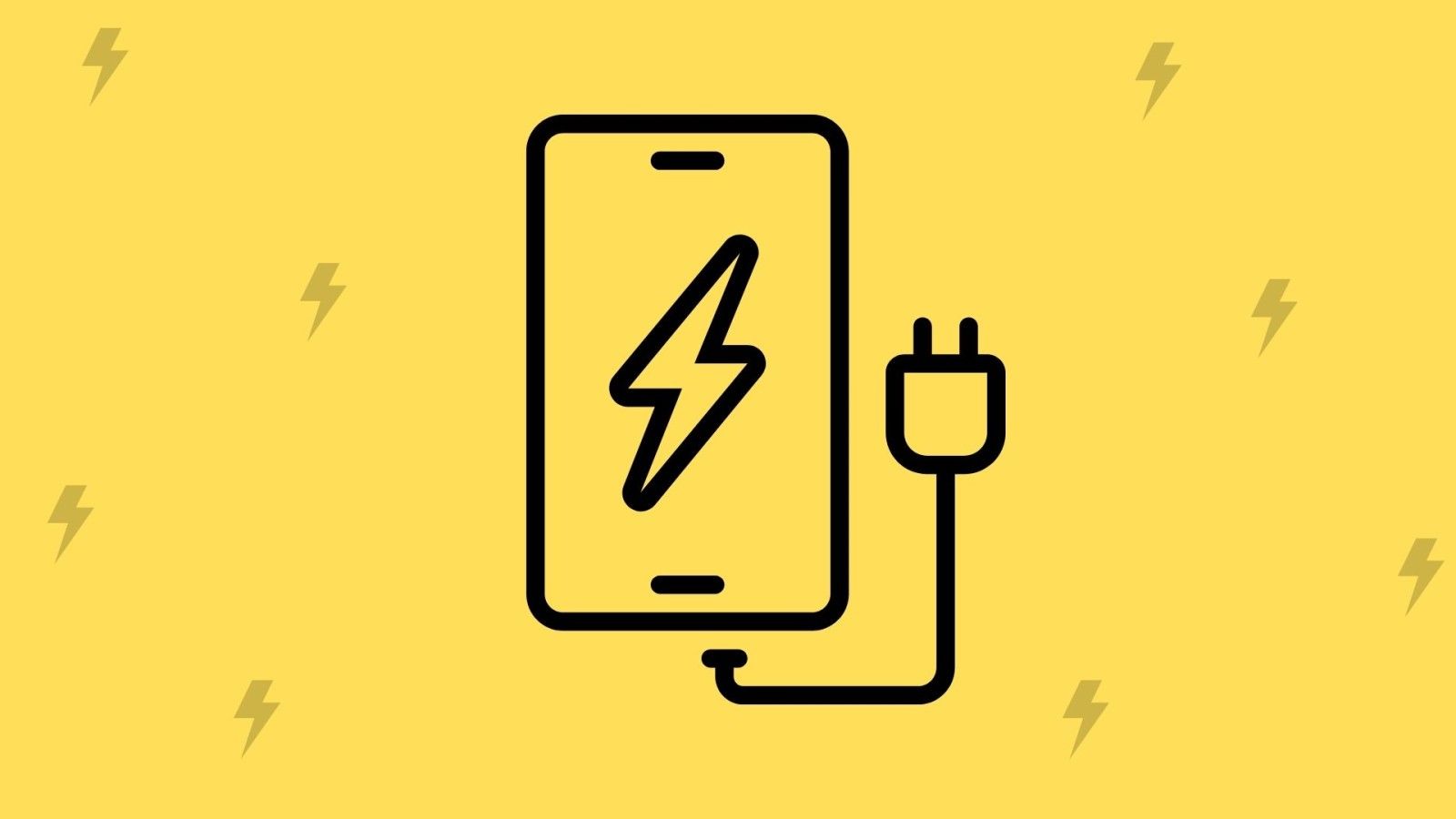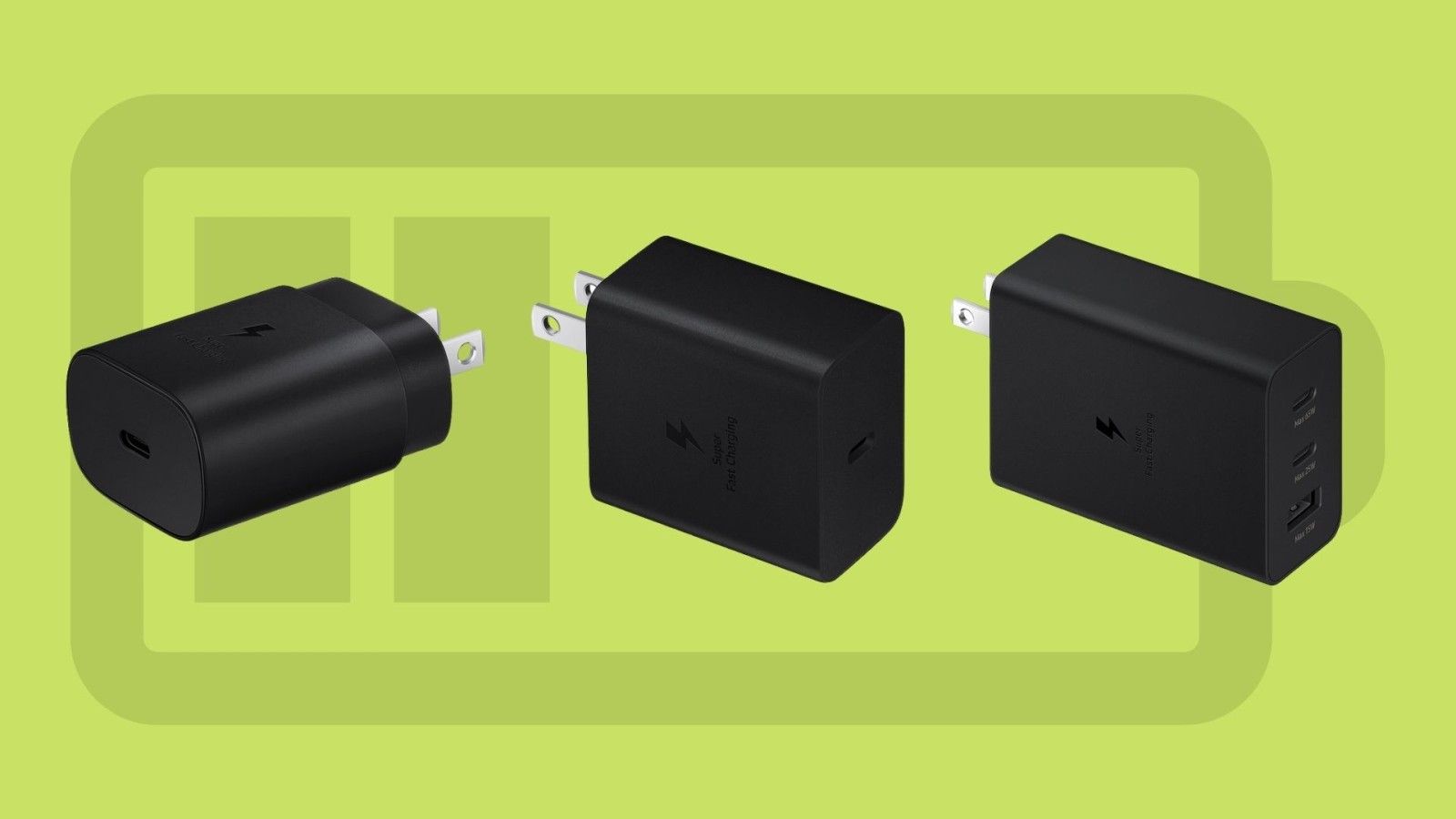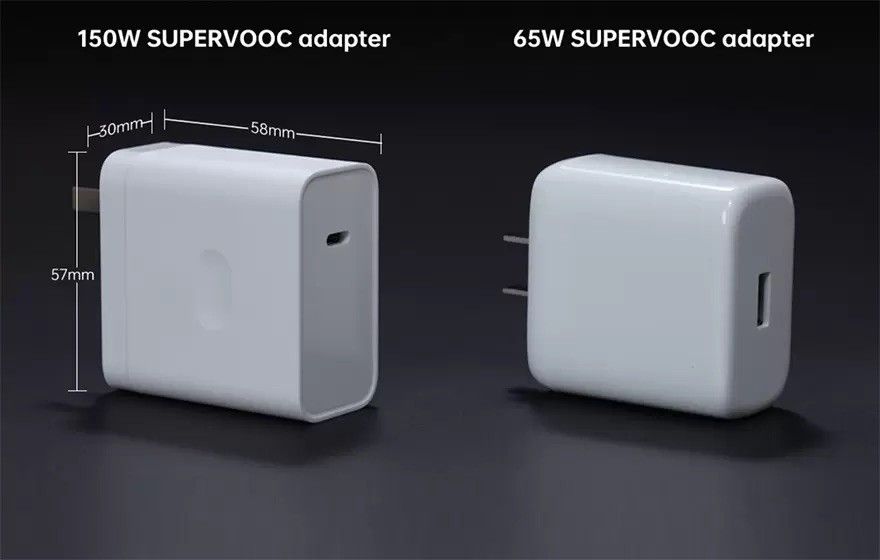During Mobile World Congress (MWC) 2022, several companies announced 150W charging technologies, and OPPO went as far as presenting an even faster, 240W SuperVOOC flash charge technology. HONOR went as far as releasing the world’s first 100W fast wireless charging device, the Magic 4 Pro. The difference between a provided 5W charger and a 65W charger is significant, and it could save you valuable time since it requires much less time to charge up your smartphone, tablet, smartwatch, and even your laptop.
Fast charging is taking off rapidly, and it’s now supported in most products out there, including smartwatches, wireless earbuds, headphones, smartphones, tablets, laptops, and even in electric cars (EVs). There are, however, a number of different charging technologies out there, and they’re not all the same. This article will try to explain the differences and why fast charging is very important and useful.
What is fast charging?
Fast charging is often referred to as the output of the charge, which is measured in amperage and voltages. If you multiply the volts by the amperage, you will get the wattage. The higher the wattage, the faster the charging. As a result of fast charging, you will often also notice the generated heat in both the device and the wall charger itself. Most wall adapters have safety technology and heat dissipation solutions to mitigate the problem, making them safe to use.
Who supports fast charging?
Fast chargers made by Samsung
Source: Pocketnow
Most companies and chip makers support wireless charging. The list includes Apple, Google, Samsung, Motorola, OnePlus, OPPO, HUAWEI, Sony, and more. There are a lot of different fast-charging technologies, and some are proprietary to specific brands and devices.
For instance, companies like Apple don’t allow iPhones to be charged at 20W+ speeds since the phones are restricted in software and hardware. Apple’s explanation is safety, but it’s clear that Apple makes a lot of money from selling its proprietary 20W adapters. This shows that not all wall adapters are created equal, and vendors can limit access and charging rates to non-first-party devices for various reasons. The Samsung Galaxy S22 only supports up to 25W wired fast charging, and even if you use a 65W wall adapter, the device will be limited to 25W charging speeds.
Why is fast charging important?
Fast charging makes our lives easier, and it charges our gadgets a lot faster. It’s convenient. An iPhone with a 5W charger could take as long as nearly 3 hours to fully charge while using a 20W wall adapter will reduce that to about one 1 hour and 30 minutes. That’s a significant difference. A device like the OnePlus 9 Pro uses a 65W wall adapter and a 4,500 mAh battery. The OnePlus 9 Pro can go from 0 to 99% in just 30 minutes, and it takes about half an hour, on average, to get it fully charged.
With such fast speeds, you can change your habit of putting your phone on the charger at night. If your device supports fast charging, you can quickly put your phone on charge in the morning, and by the time you’re ready to leave, it will be fully charged. There are other, mainly Asian, manufacturers out there who support even faster technologies, while the likes of Apple, Samsung, and Google will likely take a few more years to implement those technologies.
Types of fast charging technologies
There are a lot of different fast-charging technologies out there, and there is no standard set by the global vendors. Many charging solutions differentiate themselves by the rate of speed, and the charging solution, and we’ve collected a few to demonstrate the differences.
- OPPO and OnePlus: up to 80W SuperVOOC Flash Charge
- Apple: up to 20W Fast Charger (for iPhones), PD 2.0
- Samsung: up to 45W Fast Charging, PD 3.0
- Qualcomm Quick Charge 5: 100W+
- Qualcomm Quick Charge 2 and 3: It’s supported by most manufacturers and devices, such as the older Galaxy S and Note series, Google Pixel devices, LG phones, and many more. Older Quick Charge technologies allow fast charging, but at slower speeds compared to the most recent QC 5.
For demonstration purposes, if you want to charge your iPhone with a 45W Samsung adapter, you will be limited to 10W or 15W, due to Apple’s restrictions. Manufacturers always recommend using first-party accessories and cables to charge up the device, since it's certified and it’s documented to work best. That being said, other vendors go through the same certification and safety process, and there’s often no reason why a USB-C cable wouldn’t be able to charge a different device. However, some cables will indeed be capped at slower charging speeds. These “capped” speeds are implemented by manufacturers to prevent accidents to other “non-compatible” devices.
There are also wireless charging technologies that provide charging at different rates. The standard wireless charger will often provide 5V/1A, which is 5W. There are faster technologies out there used by Google and Samsung that provide 20-30W wireless charging speeds, and manufacturers like HONOR, OPPO have 30-100W technologies that allow for even faster charging. The main issue about using wireless technologies is heating, and the fact that most chargers don’t yet have an effective way to cool down. Converting power and charging via wireless wastes a lot of power and generates a lot of heat. That being said, wireless charging is more convenient as you can just gently drop your phone on the wireless charger and call it a day. This technology will improve over time, and we’re already seeing 100W solutions that mitigate the problem and generate less heat.
OPPO 150W SuperVooc charger size
Source: OPPO
Fast chargers are also becoming a lot smaller than traditional wall adapters thanks to gallium nitride (GaN), allowing for more efficient and compact adapters. What was previously a massive brick providing 100W of power to laptops and other accessories is now a conventional wall adapter, providing 60W+ speeds to smartphones and other devices.
Battery degradation
A lot of people avoid using fast charging, claiming that it will destroy battery life. While that claim does have some proof behind it, it’s negligible, and majority of users will not see a a change to their battery life when using fast charging solutions. The fact is that fast charging a smartphone generates more heat than using slower technologies, which impacts the battery life in the long term. If you charge your device regularly with a fast charger, the battery will eventually lose a little bit of capacity that will be wasted, but it’s not much more than conventional “slow” charging bricks that are capped at 5W. The benefits outweigh the cons, and it’s completely normal for the battery to lose up to 20% of its capacity after two years of regular use. Batteries are consumable components and need to be replaced after a specific time and number of uses.
Conclusion
With all that said, this isn’t meant to be a scientific study, and we only just wanted to highlight the many different charging solutions and technologies out there. We wanted to show you that fast charging technologies have become even more important in this day and age, and we most certainly recommend that you purchase a solution that is supported for your current, and future devices.
Manufacturers no longer include wall adapters in the box, and now is a great time to go out and buy a fast wall adapter that you can use for many years going forward. If you don’t have the budget, we would recommend a 60W+ wall adapter to future-proof yourself for the next few years, but a simple 20-30W charger will also serve you just fine, and they’re considered affordable, costing anywhere between $15-$30. Big companies such as Apple, Samsung, Google, and others are still not offering true fast charging speeds, although they have gotten better over the years. The charging technologies used by many Asian companies such as Xiaomi and OPPO have already proven that their technologies don’t neglect safety, and the durability of the battery cell remains the same when charged at such high speeds.
Our website has several collections of the best Galaxy S22 fast chargers, Galaxy S21 chargers, best iPhone 13 chargers, Pixel 6 chargers, and more. Our recommended chargers include first-party and third-party adapters, and they’re all certified to work with most devices, not just the ones highlighted in the article. As always, make sure to do your research and only purchase from reputable companies and sources.



